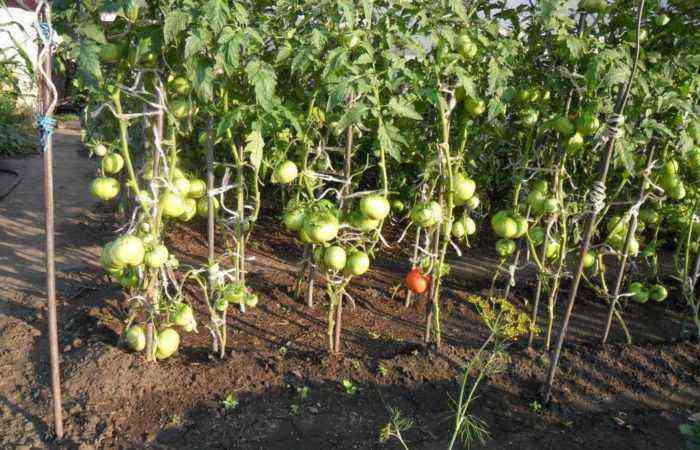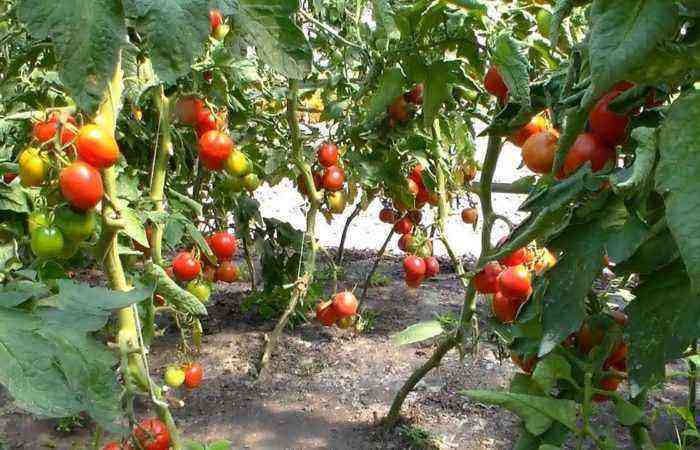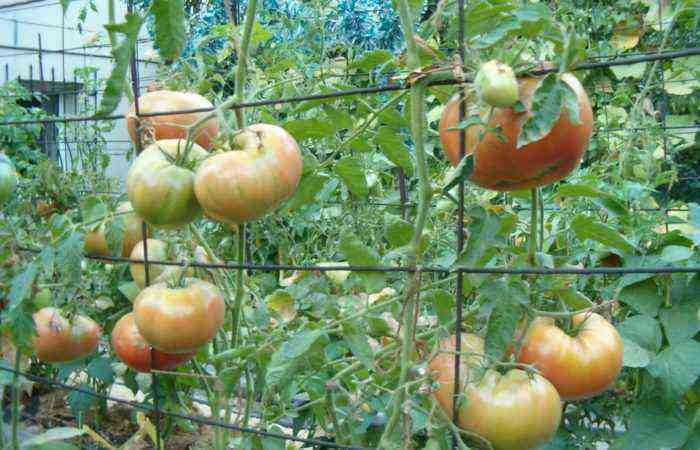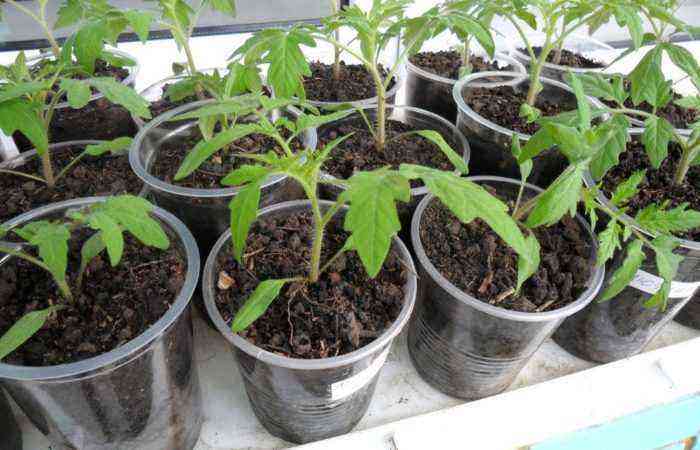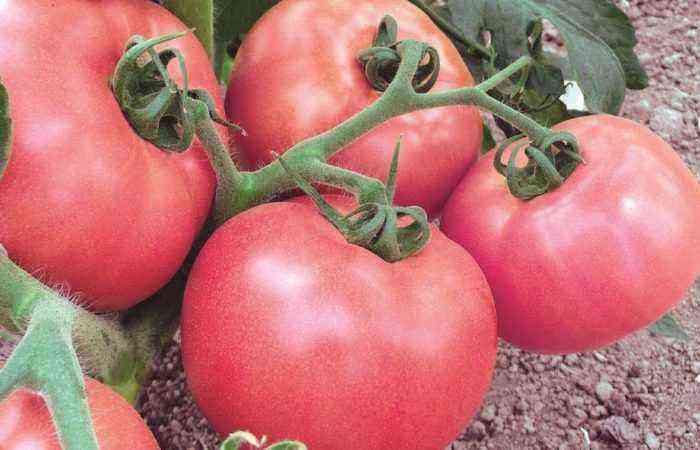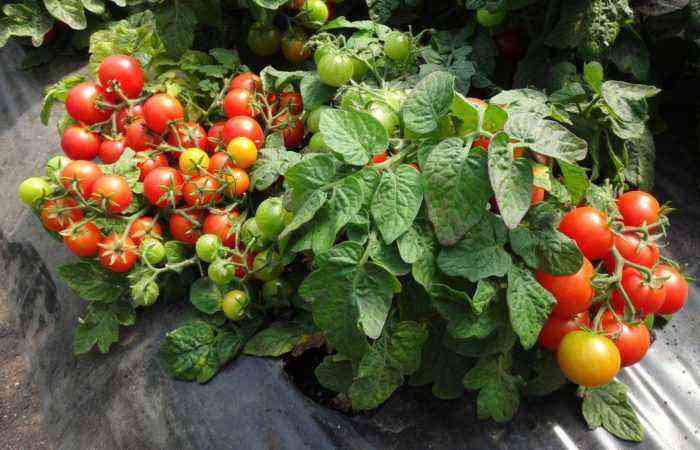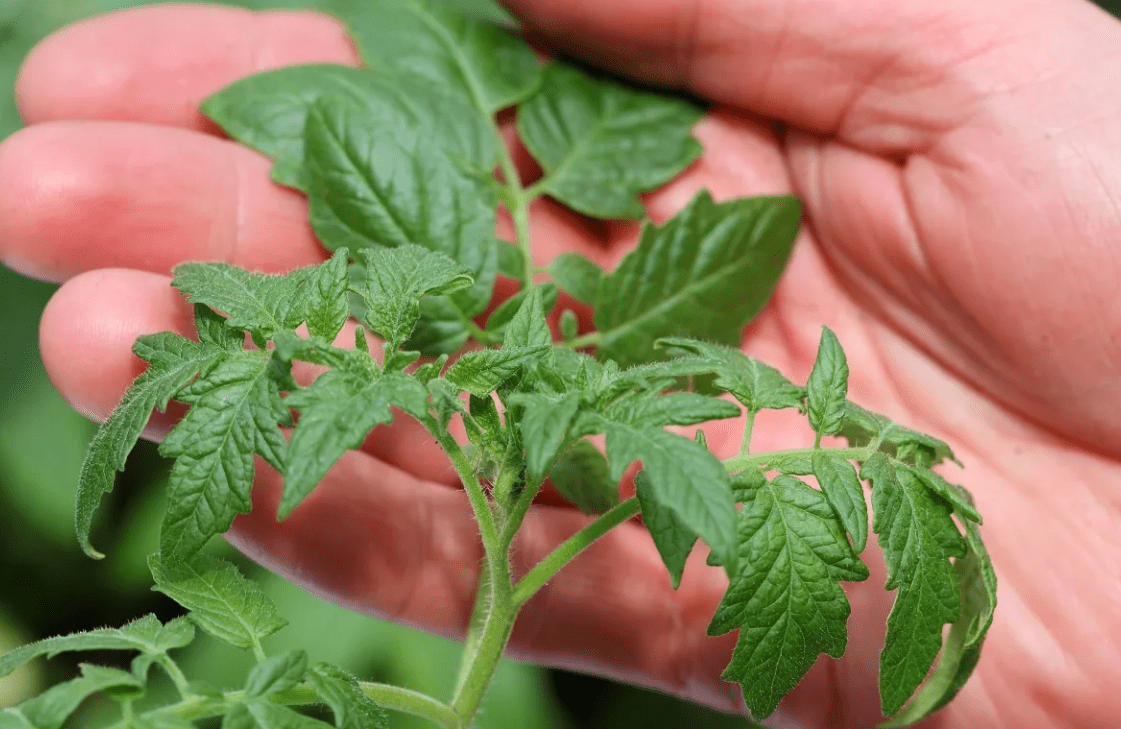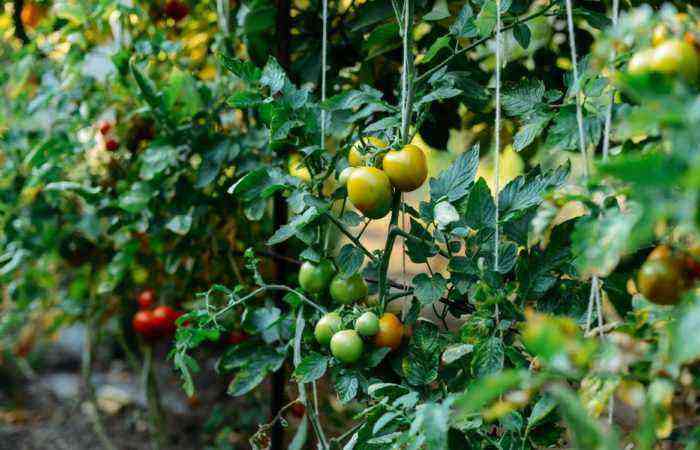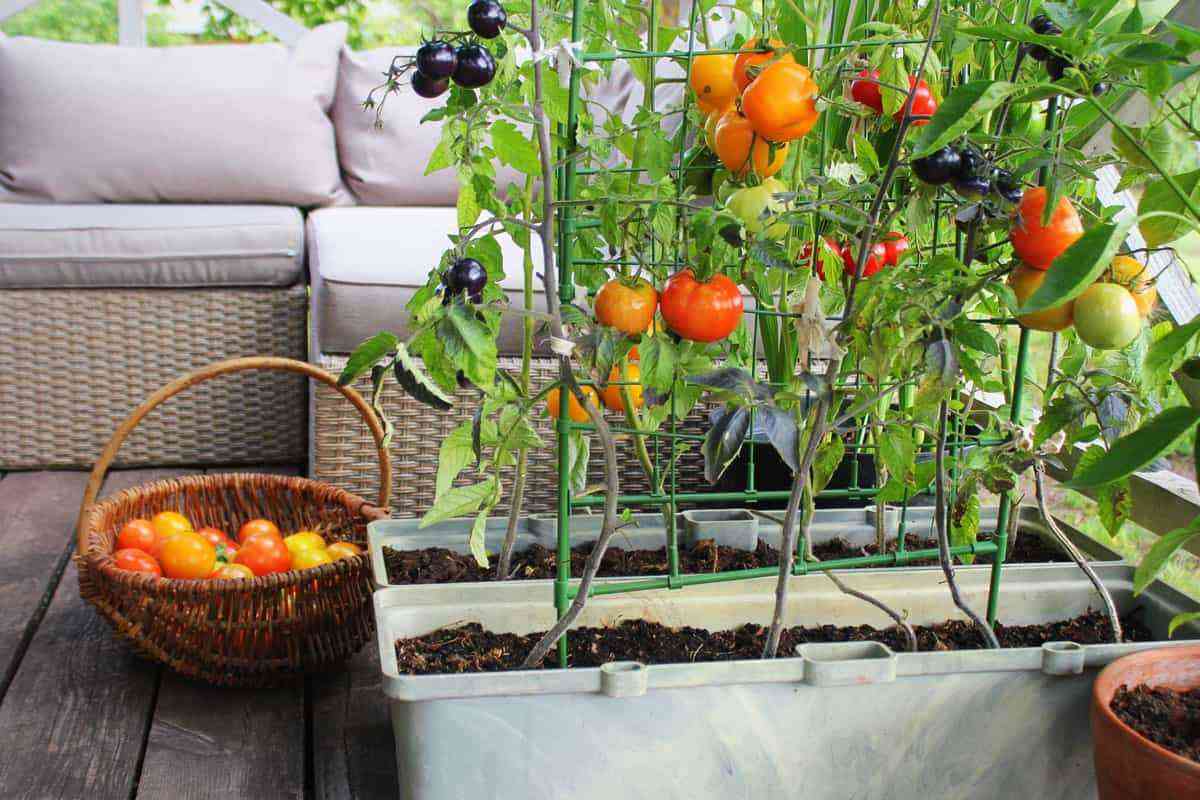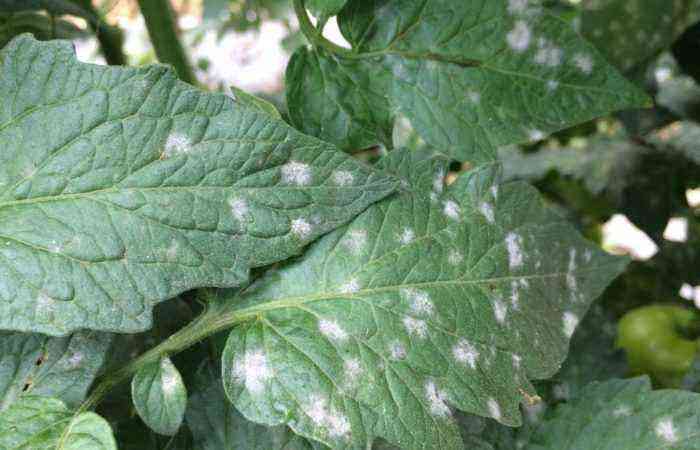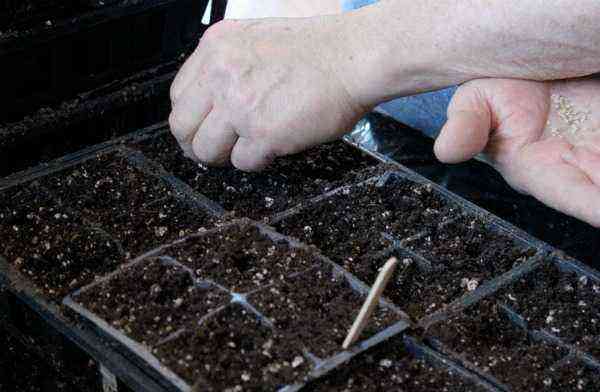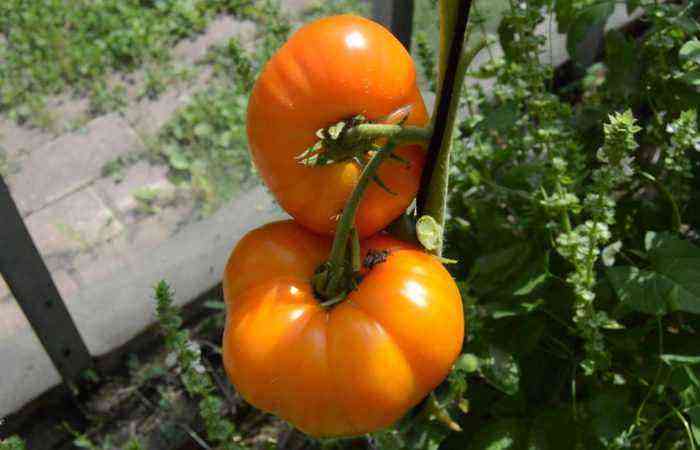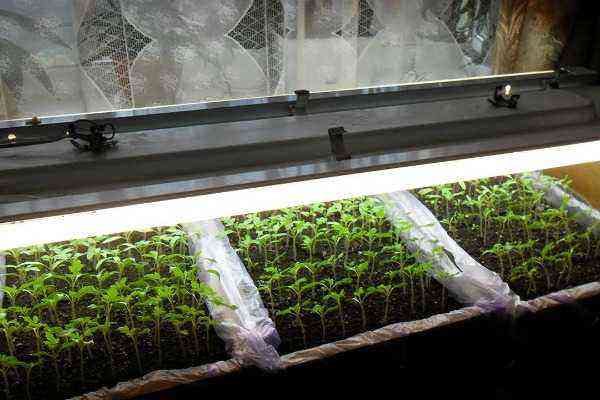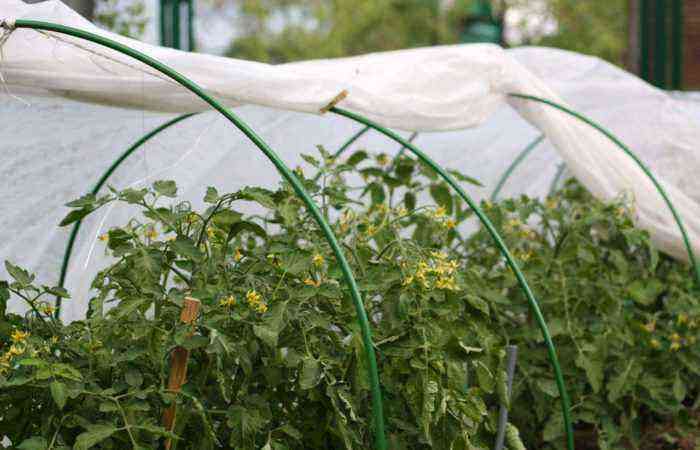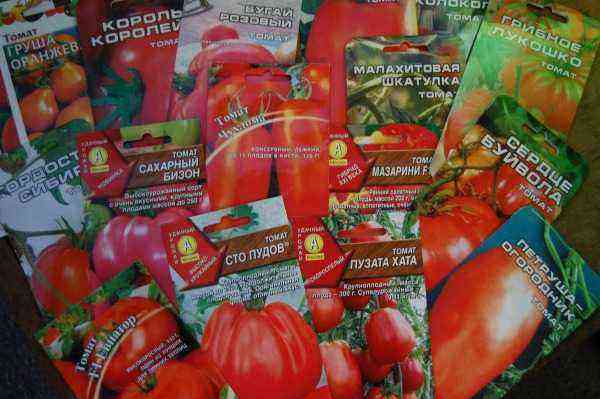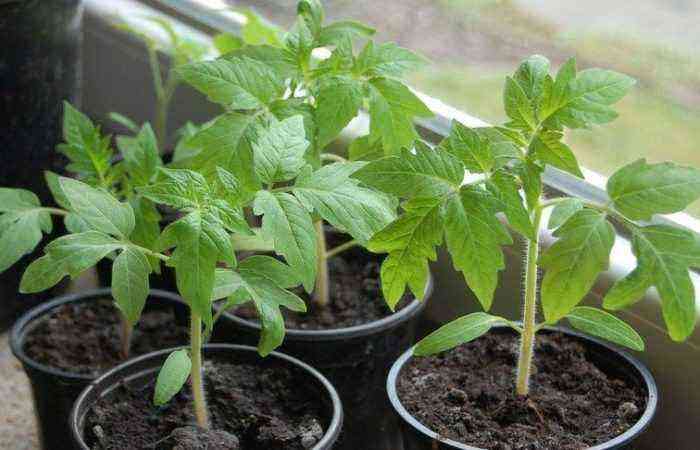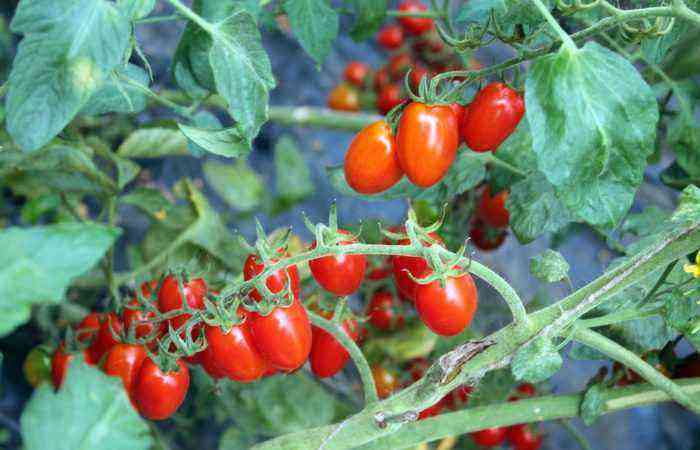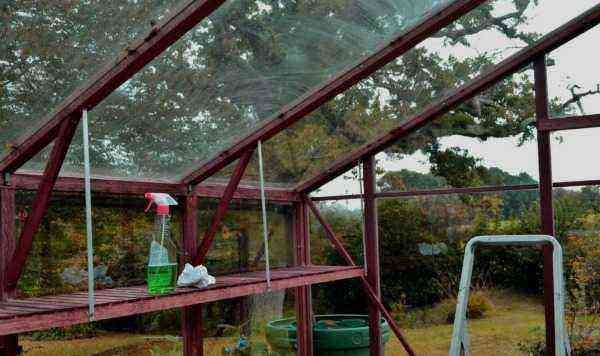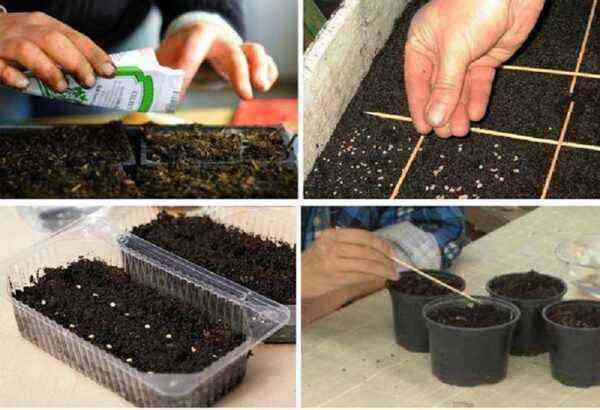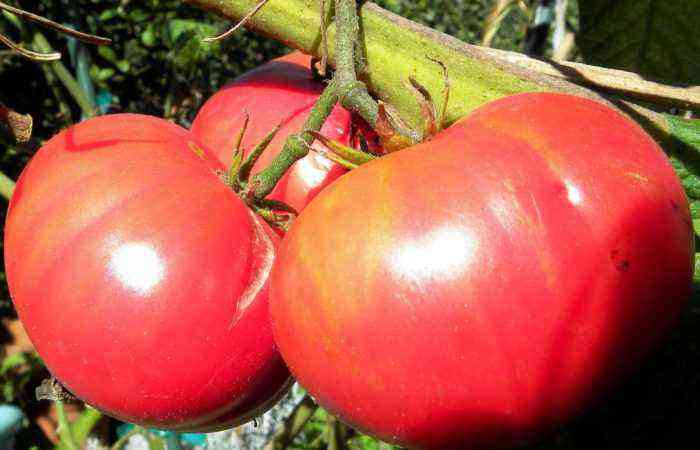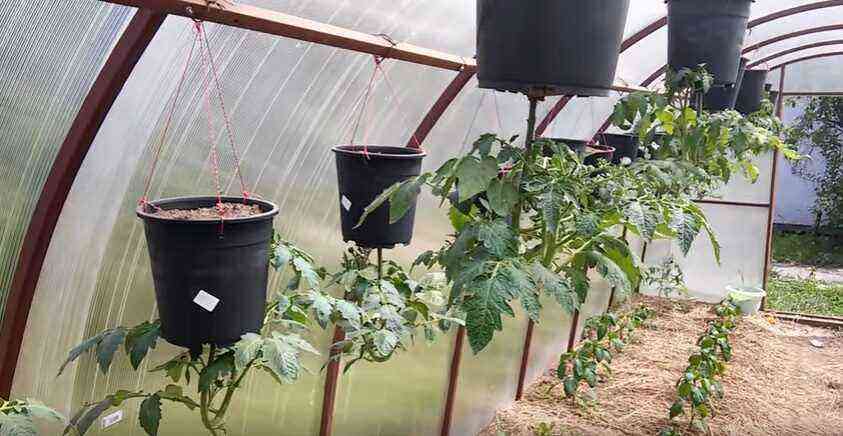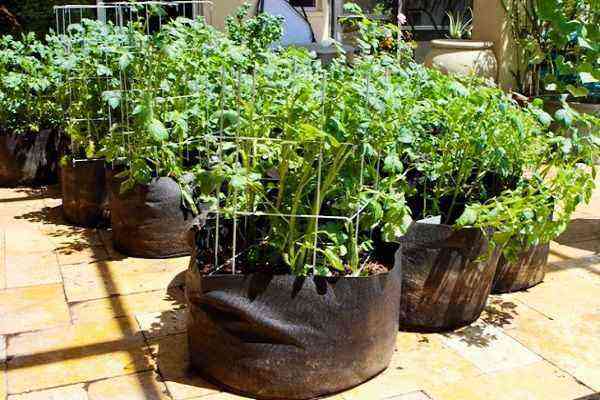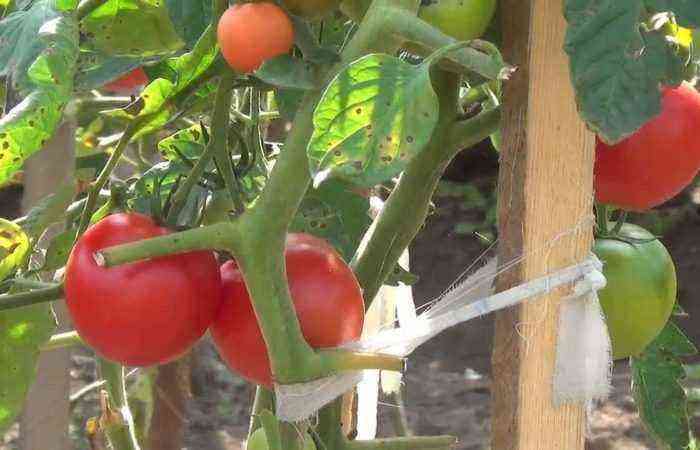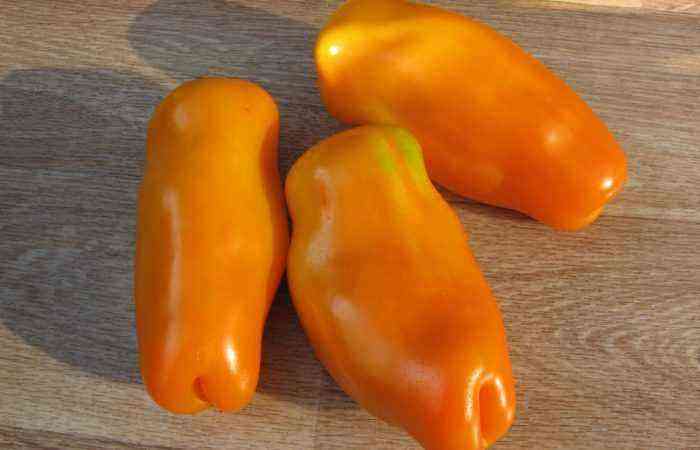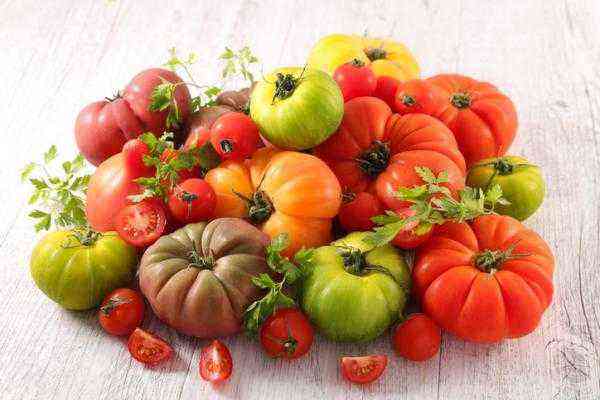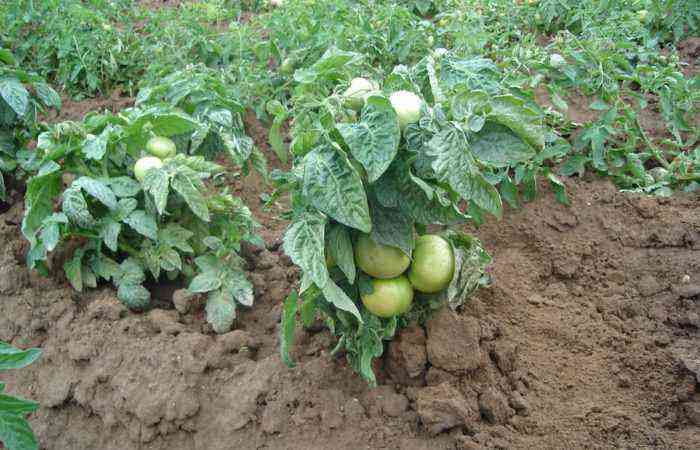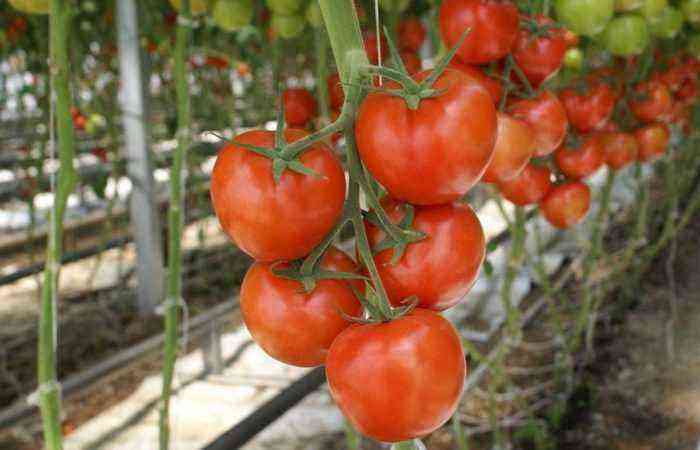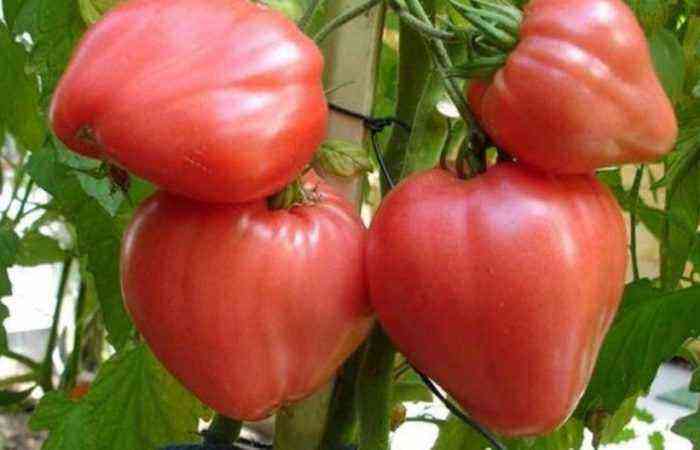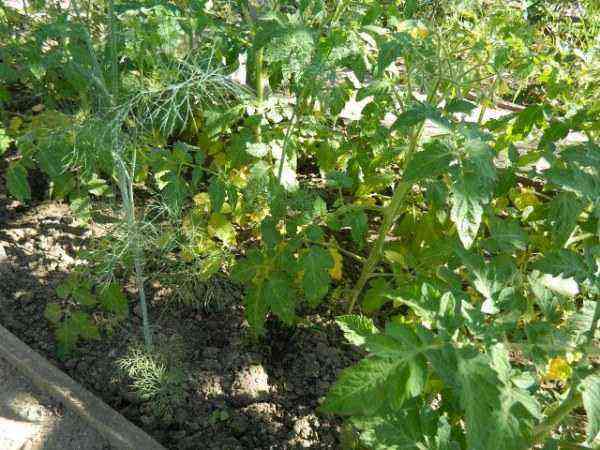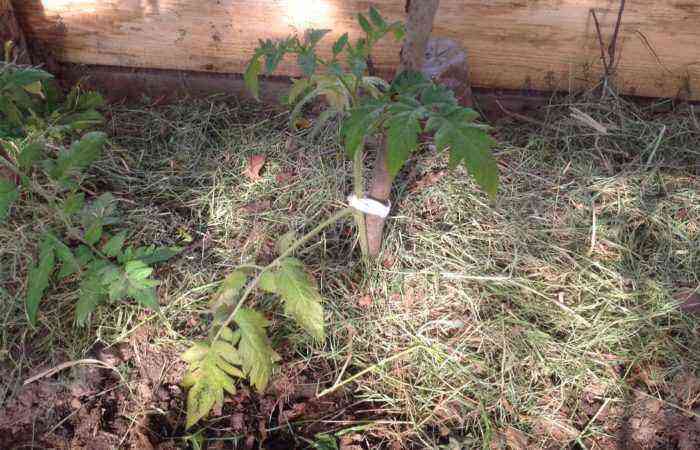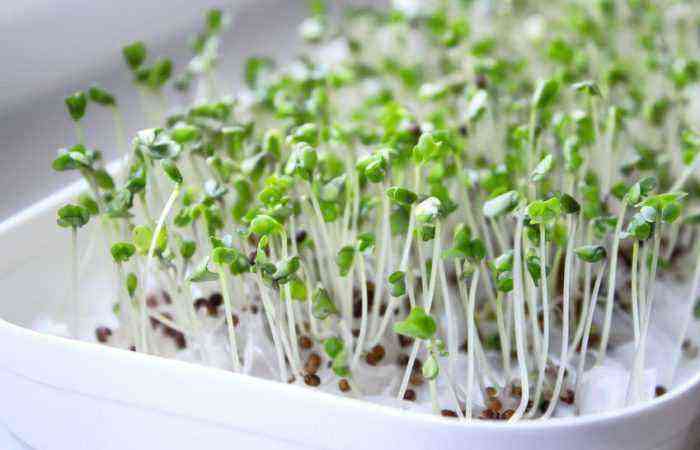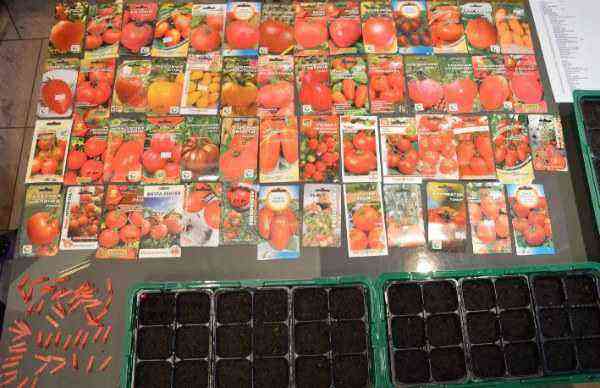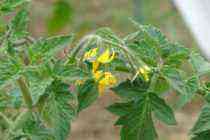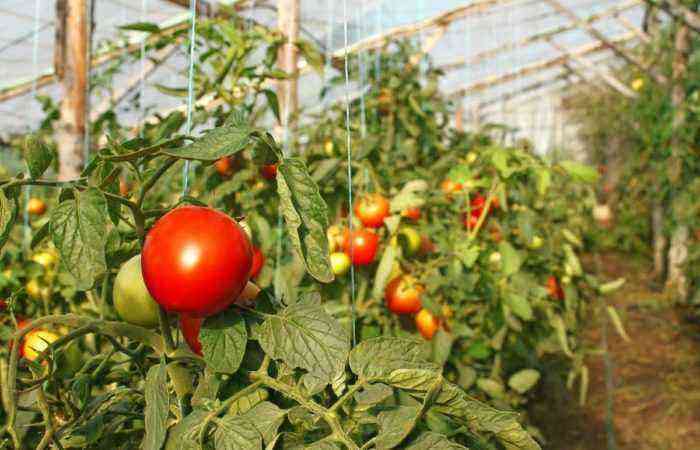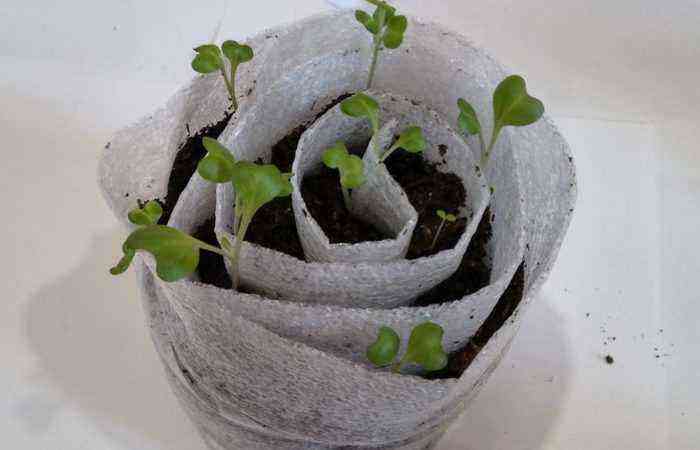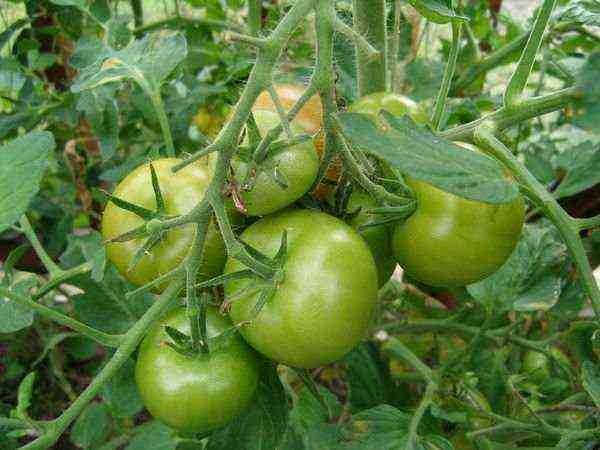Seedlings grown indoors are sensitive to environmental changes. Strong and healthy in the greenhouse, in the open field without hardening, it quickly dies. To prevent this from happening, seedlings must be hardened off before planting in open ground.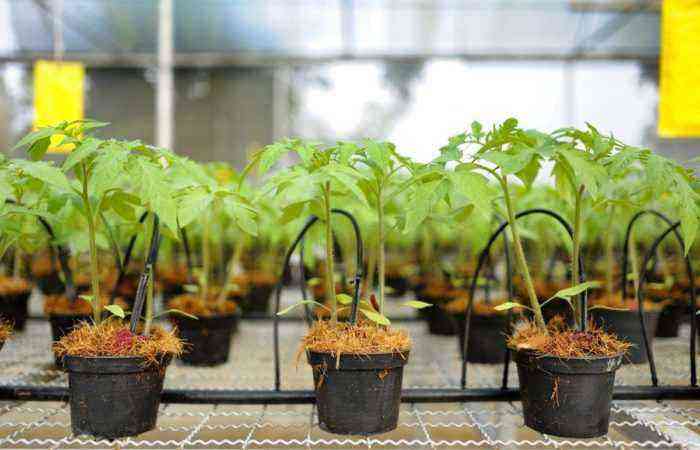
The need for hardening seedlings
Tomato sprouts grown at home or in a greenhouse get used to a constant microclimate. For small plants (especially after a dive), real grace comes: a lot of heat, light, no drafts.
At this stage, a knowledgeable gardener begins to gradually accustom the seedlings to real weather conditions.
If this is not done, the young will not tolerate planting in open ground (sunburn, infectious diseases, wilting due to a sharp drop in daily temperatures).
A powerful epidermal layer is formed on hardened tomato seedlings, thanks to which young shoots are not afraid of temperature and humidity fluctuations outside.
The gradual hardening of seedlings contributes to the formation of strong roots, the normalization of metabolic processes in the plant body when the environment changes.
Seedlings that have undergone hardening adapt faster to open ground conditions and are less susceptible to diseases.
What is the point in the process of hardening tomatoes
Hardening of seedlings is necessary due to the peculiarities of the climatic zones of our country. For most horticultural crops, the growing season is 140-200 days, which is significantly lower than the number of days with the optimum temperature for plant growth and development (about 150 days a year).
Sowing seeds can be carried out from April to May, they are not afraid of possible frosts, which cannot be said about seedlings. Thus, planted young sprouts in late May – early June, have time to gain strength, give a harvest before the onset of cold weather.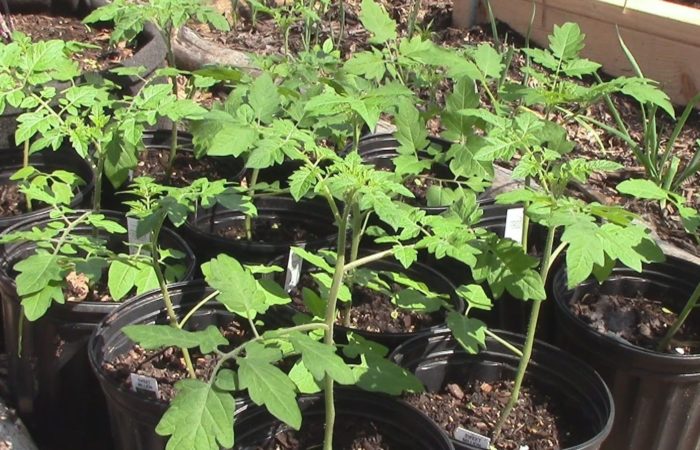
The necessary conditions
To obtain strong seedlings, it is necessary to carry out hardening throughout the entire cultivation of seedlings indoors. There is a gradual accustoming of plants to exist in the open field.
Hardening of seedlings begins with the appearance of the first 4 true leaves. For the first week, try to keep the temperature in the room between 16°C and 18°C during the day and between 14°C and 15°C at night. After a week, the temperature should be increased by 2 ° C, respectively.
- The air temperature outside should warm up to 14–16 ° C in the sun.
- It is allowed to take seedlings outside only in calm weather.
- Sprouts with signs of root rot, thin, weak, there is no need to harden. Better to destroy it right now.
- Seedlings are ready for planting in open ground if they have spent several days on the street without negative consequences.
When it is necessary to harden seedlings, why this process is needed, what leaves look like that are ready for hardening – these and other tips are given by the author of the video.
Hardening methods for tomato seedlings at home
Seedlings are grown in greenhouses, greenhouses, on windowsills, balconies, just in plastic cups. The method of cultivation does not affect the principles of hardening.
If you have seedling boxes on your windowsill, open the window every day in the middle of the day, starting with a few minutes, gradually increasing the time to one to two hours. Try to keep the young leaves out of direct sunlight at first.
Seedlings are watered once a week. To do this, use a watering can with small holes or a sprayer. Do not let the plant wilt too much.
The next step will be the removal of boxes with young plants to the street, for the first time it is enough for 1 hour. Seedlings should be hardened daily, constantly increasing exposure to fresh air, depending on the weather.
It is not necessary to water the young growth before taking it out into the street.
When it’s time to plant seedlings, place seedling boxes outside for 2 days, preferably in calm weather.
If the seedlings are in the greenhouse, the doors are opened in the first few days, gradually extending the ventilation by 1-2 hours.
The air temperature in the greenhouse should not exceed the outside temperature by more than 2°C (with the exception of the frost period).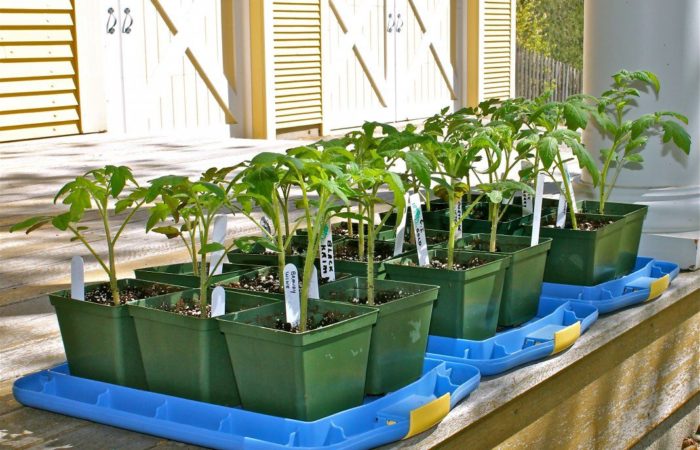
Subsequently, simply lift the film, making sure that the plants do not get burned by direct sunlight.
If the seedlings begin to wither, the film is returned to its place. With a normal reaction, the greenhouse is left open even at night (if there is no threat of frost).
One of the important conditions for hardening is the reduction of watering. We stop watering 7-10 days before planting in open ground. An increase in the term reduces the development of plants, negatively affects the future harvest. You should not allow the seedling to wilt, the earthen coma to dry out.
Do not try to harden tomatoes with a fan, hair dryer. Young plants are very sensitive to drafts, they can die. There is a danger of not calculating the strength of the wind and breaking fragile shoots.
Seedling care rules
There are some rules for caring for seedlings:
- Containers with shoots should be located in a well-lit area.
- Drafts, constantly open windows, doors (even in warm weather) are unacceptable.
- In the early days of hardening, try to protect young shoots from direct sunlight. Let them sunbathe no more than 20 minutes a day. After about two weeks, the seedlings can be left under the sun for the entire daylight hours.
- Watering is infrequent. Do not allow the earth to dry out, its clumping.
- In case of sudden frosts, if the young sprouts are in an unheated room, transfer the boxes to heat.
- With a short light day, additional illumination for seedlings is necessary. For tomatoes, it is up to 18 hours a day.
- A couple of days before planting plants in open ground, they should be fed with any complex fertilizer. Top dressing will help to quickly adapt to new conditions, significantly increase the survival rate of seedlings.
With proper hardening and good care, seedlings give powerful, developed tomato bushes, which guarantees an excellent harvest.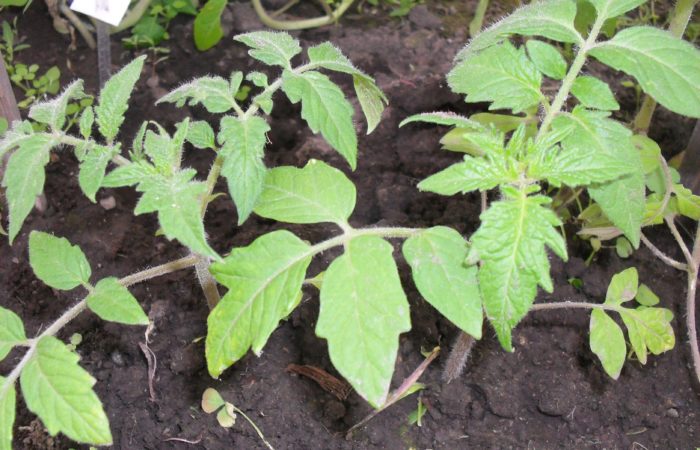
Useful Tips
- For seedlings, it is convenient to use tin cans from – from under canned peas, corn. Punch the bottom with a thick nail. The barbs obtained from the inside give air to the roots. Pour drainage at the bottom (husk from seeds, sleeping tea), then earth. If the soil is not filled up to the very top of the jar, a strip of foil (from chocolate) can be put along its edges. This will enhance the lighting of the seedlings.
- Use the following soil mixture for growing seedlings: 1 bucket of oak grove soil + 500 g of sand + 3 liters of humus + 1 glass with a top of wood ash. Mix everything, arrange in boxes, leave at street temperature to freeze. At the right time, bring it into a warm room, let the earth warm up, you can start sowing seeds.
- Purchased seedlings also need hardening. Usually 3 days is enough. Place the seedlings for this time under a lace shade or stick a branch with leaves near each. Seedlings should be covered at night.
- For illumination, use lamps: quartz or fluorescent light. Incandescent lamps will not work. They lead to overheating of the tops of the young.
- Do not try to save plants affected by rot (black leg). You will have time to get new seedlings from the seeds of another batch. The contaminated soil must be discarded and replaced with a new one. Disinfect boxes.
- With a thickened sowing of seeds, the sprouts grow weak, with an undeveloped root system. Hardening and feeding will save little in this situation. In this case, you should not hope for a good harvest.
- Start growing and hardening young plants at home a little earlier than in greenhouses and greenhouses.
- The first three weeks, the leaves of the sprouts grow slowly, almost imperceptibly. But in the following days, their growth noticeably accelerates.
- The worst conditions for the growth and development of tomato seedlings are extreme heat, poor lighting, and highly moist soil.
It is an obvious fact that a well-conducted hardening guarantees the full survival of seedlings in a new place, promotes further growth and development of plants, and as a result, a bountiful harvest of fruits.
